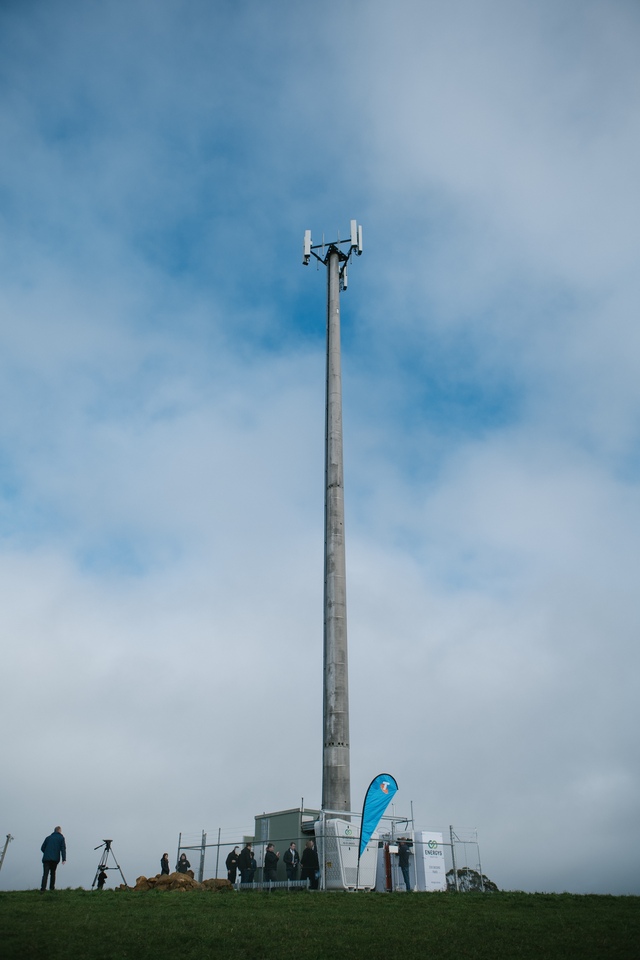
By Dongyun Kwon
The Yarra Valley is ready to deal with the extreme weather conditions as the State Government has been investing in renewable hydrogen to keep Victorians connected during emergencies and power outages.
The government invested $1.1 million into the Telstra Hydrogen Fuel Cell Pilot project which has installed five hydrogen fuel cells in communities, all who have experienced extreme storms like Coldstream, Kinglake, Christmas Hills, Chum Creek and Neerim North, from May to July.
Telstra integrated network facilities and environment executive Vicki Romanovski said Telstra’s hydrogen fuel cell trial aims to determine the technical and commercial viability of deploying fuel cell generators using hydrogen produced from renewable energy sources as an alternative backup source in the case of a power outage to help keep customers stay connected and support the sustainability of the their operations.
“These systems will be able to store around 72 hours worth of energy for the site within the green hydrogen fuel tanks,” she said.
“The fuel cells themselves will operate on the site exactly like a diesel generator would in the same situation – providing full site backup if the AC mains fail.
“The existing battery site reserve will remain and won’t change. This is typically eight hours per site. The fuel cell provides an additional reserve of 72 hours per site on top of this.”
This pilot is one of the projects funded through the $6.6 million Renewable Hydrogen Commercialisation Pathways Fund.
Other companies like Volgren Australia, Viva Energy, Energys Australia and Boundary Power are also undertaking hydrogen pilots, trials and demonstrations as part of the program.
Ms Romanovski said this trial is important to Telstra.
“It will help us test the viability of hydrogen fuel cells to provide additional site power, assessing their technical and commercial viability to provide reliable extended backup power should mains power fail, and doing so with zero carbon emissions,” she said.
“The biggest impact we can have on climate change, especially in the short to medium term, is to emit less carbon.
“Not only do the fuel cells emit zero carbon, but these fuel cells will also provide an additional reserve of 72 hours per site via the storage of 100 per cent renewable green hydrogen stored in hydrogen tanks at each site.”
All five hydrogen fuel cells have been successfully installed with the launch of the Neerim North mobile network renewable hydrogen backup system on 4 July.
“Victoria’s Gas Substitution Roadmap confirms that renewable hydrogen will play a critical, targeted role in the energy transition by strengthening energy resilience as we keep communities powered reliably and affordably,” energy and resources minister Lily D’Ambrosio said.







